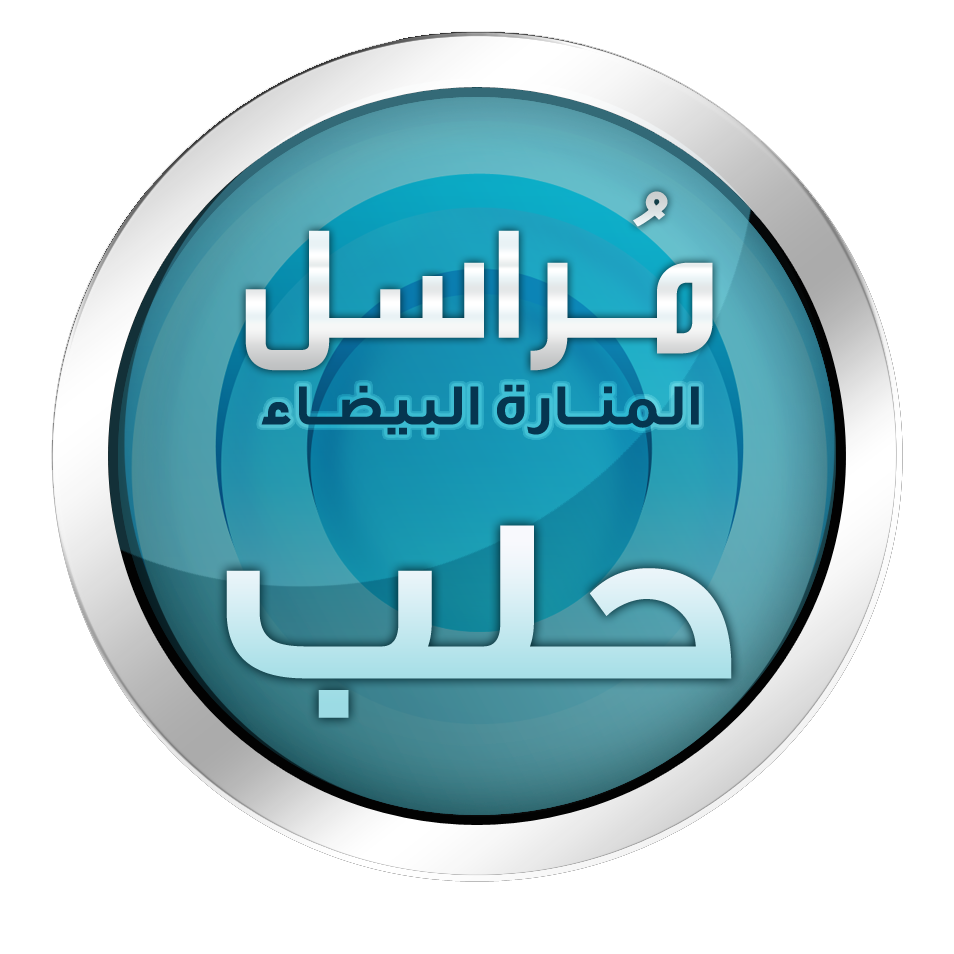
___________________
To inquire about a translation for this video message for a fee email: [email protected]
Category: Iran
New video message from Jabhat al-Nuṣrah: "Targeting Iranian Forces in Rural Southern Aleppo With Heavy Weapons and Tanks"

___________________
To inquire about a translation for this video message for a fee email: [email protected]
Hizballah Cavalcade: Al-Quwat al-Ja’afariyah & Liwa al-Sayyida Ruqayya: The Building of an 'Islamic Resistance' in Syria
NOTE: For prior parts in the Hizballah Cavalcade series you can view an archive of it all here.
—
Al-Quwat al-Ja’afariyah & Liwa al-Sayyida Ruqayya: The Building of an “Islamic Resistance” in Syria
By Phillip Smyth
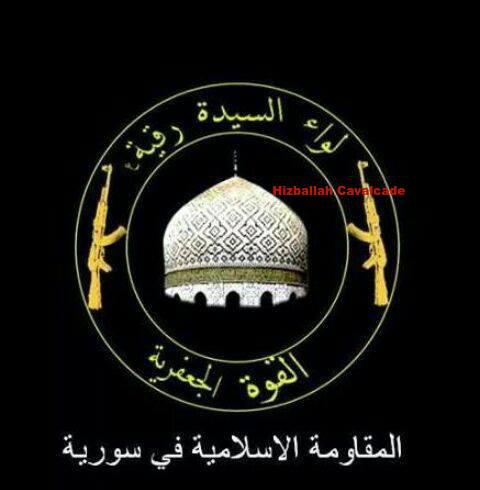
Figure 1: The logo belonging to Al-Quwat al-Ja’afariyah’s Liwa al-Sayyida Ruqayyah. The symbol features two golden Kalashnikov-type rifles flanking the white dome of the Sayyida Ruqayyah shrine. The group’s logo bears many similarities to Kata’ib Sayyid al-Shuahda’s. Both feature a shrine dome in the center of a roundel flanked by Kalashnikov-type rifles.
Since the creation of Syria’s pro-Assad National Defense Forces (NDF), there has been a rise in Syria-based sectarian militia groups with Iranian training and advisors. Al-Quwat al-Ja’afariyah (The Ja’afari Force) has attempted to market itself as one of these types of organizations. The group has also described itself as “al-muqawama al-islamiyah fi suriya” (“The Islamic Resistance in Syria”) and has pushed its own Shia identity mixed with pro-Assad Syrian nationalist and pro-Iranian proxy material. These elements of group identity suggest the militia pulls members from Syria’s small Shia community while still being influenced by external allied actors.
A process where local pro-Assad militias have been modeled off of Lebanese Hizballah has been a continuing development. This has especially been the case with Alawite-manned and Shia-manned militias. Syria’s first major Shia militia, Liwa Abu Fadl al-Abbas (LAFA) maintained close links to the Assad regime and Lebanese Hizballah. Even with Lebanese Hizballah’s aid, local actors such as LAFA’s secretary general, Abu Ajeeb, generally led LAFA’s command and control functions.
Unlike many of the other groups which have also worked closely with Lebanese Hizballah, Al-Quwat al-Ja’afariyah has also claimed to be a Syria-based subdivision belonging to the Iraqi Shia Iran-proxy, Kata’ib Sayyid al-Shuhada (KSS).
A number of Syria-based Shia militias have their own Iraqi wings and some Iraqi Shia political parties have external branches. Nonetheless, Al-Quwat al-Ja’afariyah is the only Syrian Shia militia which has declared itself as a sub-division of an Iraq-based Iraqi Shia Islamist group, yet began life as a component of an established Assad element (the NDF).
The first prominent mentions of Al-Quwat al-Ja’afariyah or its professed sub-militia Liwa al-Sayyida Ruqayya came with the April 6, 2013 death of NDF leader Shaker Rashid Darwish (A.K.A. Al-Ja’afari). Despite the group being around for a number of years, it lacked a formal announcement or acknowledgement outside of a small number of accounts on social media. At different times throughout 2014, the group’s members would often pose for photos in their battle dress uniforms. These photos regularly found their way onto mediums such as Facebook and could only be accessed via private Facebook profiles.
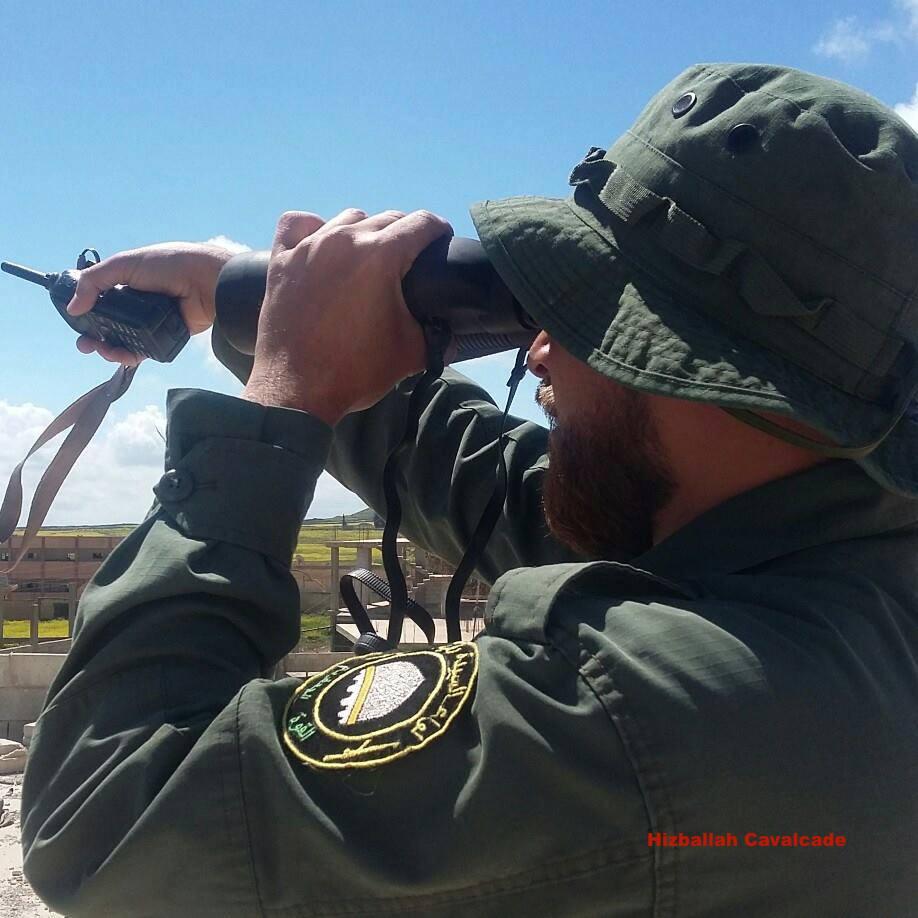
Figure 2: A militiaman belonging to Liwa al-Saqiyah Ruqayya wearing the group’s distinctive patch.
What set these photos aside from other uploaded images of Syrian and Iraqi Shia militiamen in Syria was that these fighters’ uniforms would feature unique patches. This patch included the group’s name along with a stylized version of the white dome of the Sayyida Ruqayya shrine in Damascus, Syria.
By late August 2015, due to an increased public presence by Al-Quwat al-Ja’afariyah on social media (via KSS’s own media apparatuses), and due to the death of Quwat al-Ja’afariyah commander Hasan Kana’an, more attention was granted by Arabic-language (primarily pro-Syrian rebel) media sources. In early July, Liwa al-Sayyida Ruqayya established a number of public Facebook pages and was also mentioned in a September 2015 piece by The Guardian (albeit, the group was incorrectly recognized as the “Sayyida Ruqayya Martyrs Brigade”).
What’s In A Name?
The term, “Ja’afari”, helps highlight Al-Quwat al-Ja’afariyah’s denominational membership. “Ja’afari” is often used as a synonym for “Shia Muslim”. Moreover, in the Twelver Shia tradition, Ja’afar al-Sadiq is considered the sixth and longest serving Imam. The majority of Shia Muslims also adhere to the Ja’afari school of jurisprudence.
Liwa Sayyida Ruqayya gets its name from the Sayyida Ruqayya mosque and shrine. Located in Old Damascus, the Sayyida Ruqayya mosque and shrine houses the remains of Sukayna (a.k.a. Ruqayya), the baby daughter of Twelver Shia Islam’s third Imam, Husayn ibn Ali.
Built in 1985 with Iranian funds, the design of the mosque was described by Iran analyst Nigel Coulthard as, “a pure example of post-revolutionary Iranian architecture that would have been more at home in Tehran than Damascus”. Sociology professor Marnia Lazreg claimed a Syrian policeman told her that the mosque, “was controlled by the Iranian government, which claimed its spiritual ownership.” Design and theological/political control aside, the shrine is one of Syria’s major Shia shrines.
Liwa al-Sayyida Ruqayya & The Militia’s Stages of Development
The main militia falling under the header of Al-Quwat al-Ja’afariyah is Liwa al-Sayyida Ruqayya (The Brigade of Sayyida Ruqayya). At the time of this writing, no other groups have yet been listed as under Quwat al-Ja’afariyah’s umbrella. The continual grouping of these two elements suggests that the groups may be one in the same, as opposed to it being a legitimate sub-militia which reports to a larger umbrella-style grouping or a parent organization.
Liwa al-Sayyida Ruqayya has claimed to be active in the Midan section of southern Damascus and to have fought in Jobar, Otaiba, Dekhania, and other sections to the north and east of Damascus. The group was also deployed to Shaykh Miskin in southern Syria.
Family connections between the group’s members is another noticeable trend. This speaks to how recruitment seeks new members and also shows the limited numbers from which it can recruit. During the militia’s participation in the November 2013 battles around Otaiba, Ali Mahmoud Darwish (A.K.A. Karar) and the 16 year-old fighter, Jawad Abbas Darwish (A.K.A. Abu Turab), were both killed. Reportedly, these fighters were cousins and were likely related to Shaker Rashid Darwish.

Figure 3: The Liwa al-Sayyida Ruqayya martyrdom poster for Hasan Ahmed Kana’an. He is listed as a “martyr commander”. Additionally, Liwa al-Sayyida al-Ruqayya is described as, “The Islamic Resistance in Syria”. Interestingly, despite the group’s links to Irqi KSS, on this poster the “Islamic Resistance in Syria and Lebanon” is mentioned and not the“Islamic Resistance in Iraq”.
There were number of developmental stages for the current Quwat al-Ja’afariyah and Liwa al-Sayyida Ruqayya. The first began with its inception as an NDF sub-militia in 2013. Then, the group’s fighters appeared under a number of different monikers. These names included, Huras al-Sayyida Ruqayya (The Guardians of Sayyida Ruqayya) and Liwa Ansar al-Husayn (The Brigade of the Supporters of Husayn). Whether these groups are still in existence, were little more than temporary fronts, or are elements of other units is unknown.
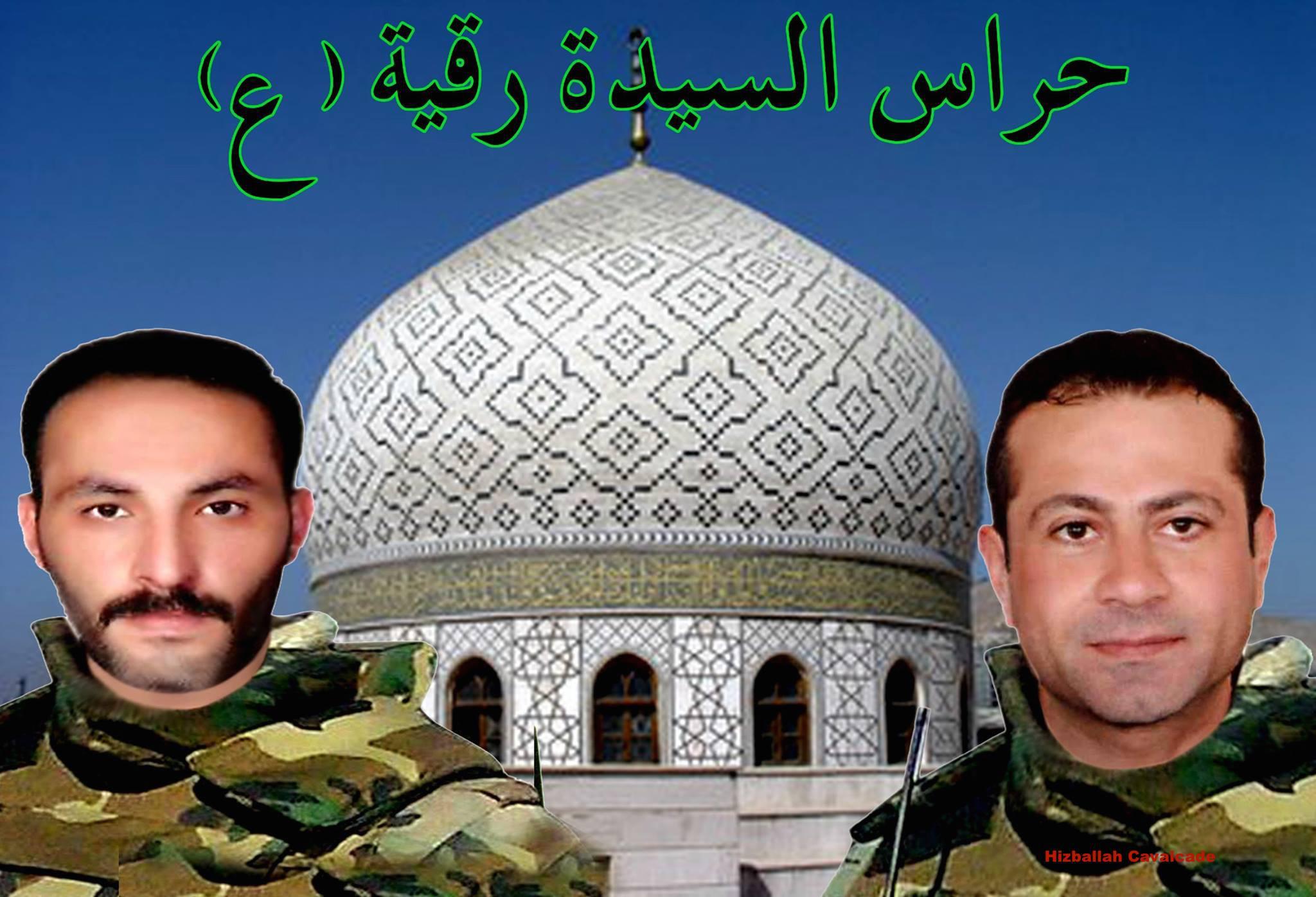
Figure 4: A “martyrdom” poster featuring killed Liwa al-Sayyida Ruqayya members under the header, “Huras al-Sayyida Ruqayya”.
Still, during this initial stage, there was more direct linkages to the NDF and the Assad regime. Images promoting pro-Assad Syrian nationalism were a regular feature. The second stage of development, which immediately followed (if not coincided with the first), was the addition of links to Lebanese Hizballah. “Martyrdom”
al-Fārūq Media presents a new statement from Anṣār al-Furqān: "Condolences to the Islamic Nation in General and the Islamic Emirate of the Caucasus in Particular on the Martyrdom of the Leader Abū 'Uthmān al-Ghaymrāwī"

Click the following link for a safe PDF copy: Anṣār al-Furqān — “Condolences to the Islamic Nation in General and the Islamic Emirate of the Caucasus in Particular on the Martyrdom of the Leader Abū ‘Uthmān al-Ghaymrāwī”
__________________
To inquire about a translation for this statement for a fee email: [email protected]
al-Fārūq Media presents a new statement from Anṣār al-Furqān: "Condolences to the Islamic Nation with Losing One of Its Men, a Senior Companion, Mullā 'Umar"

Click the following link for a safe PDF copy: Anṣār al-Furqān — “Condolences to the Islamic Nation with Losing One of Its Men, a Senior Companion, Mullā ‘Umar”
_____________________
To inquire about a translation for this statement for a fee email: [email protected]
New video message from Jabhat al-Nuṣrah: "Syrian Refugee Camps in Jarūd 'Arsāl Between the Bombings and Injustices of the Lebanese Army and the Iranian Ḥizb al-Lāt"

_______________
To inquire about a translation for this video message for a fee email: [email protected]
al-Fārūq Media presents a new release from Anṣār al-Furqān's Sufyān Balūsh: "The Battle of Blood and Dust"
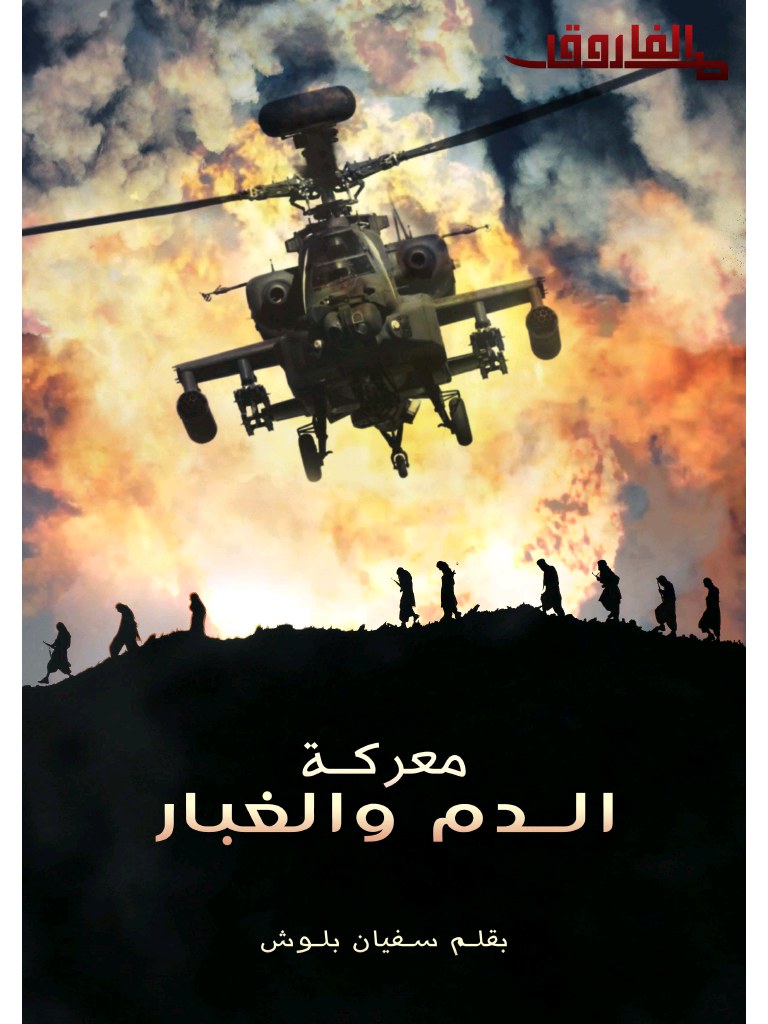
Click the following link for a safe PDF copy: Sufyān Balūsh — “The Battle of Blood and Dust”
_________________
To inquire about a translation for this release for a fee email: [email protected]
Jihadology Podcast: Syria Status Update with Charles Lister
Charles Lister comes on the show to discuss a wide range of topics related to the current situation in Syria:
- The background and evolution of Jaysh al-Fatah
- What Jaysh al-Fatah has meant to rebel and Jabhat al-Nusra victories in Syria
- The recent formation of a Jaysh al-Fatah branch in the south and what the southern front in the war currently looks like
- How the regime, Iran, and Hizballah have reacted to the changing military dynamics on the ground
- The recent fighting between the Kurds and the Islamic State in northern al-Raqqah governorate
Links:
- Charles Lister (@Charles_Lister) on Twitter
- Aaron Y. Zelin (@azelin) on Twitter
- Charles’ forthcoming book “The Syrian Jihad: Al-Qaeda, the Islamic State and the Evolution of an Insurgency,” which comes out on September 24
The show is produced by Karl Morand. If you have any feedback you can email [email protected] or find us on Twitter: @JihadPod
You can subscribe to the show in iTunes or with the show’s RSS feed.
Download this Episode (46.5 mb mp3)
New video message from Jabhat al-Nuṣrah: "Damaging a 57mm Canon of the Iranian Ḥizb al-Lāt With a Guided Missile"

_____________
To inquire about a translation for this video message for a fee email: [email protected]
Check out my new ‘Policy Watch’ for the Washington Institute: "The Islamic State's Saudi Chess Match"
![]()
Over the past two weeks, the so-called “Islamic State” (IS) has claimed two attacks on Shiite mosques in Saudi Arabia’s Shiite-majority Eastern Province, one in Dammam and the other in Qatif. While the incidents might not have an immediate impact on the kingdom’s overall security, they are relevant to long-term IS strategy of weakening the Saudi government by exposing its alleged hypocrisy. They also illustrate how IS has choreographed its actions in phases for its Arabian Peninsula theater. For example, when IS leader Abu Bakr al-Baghdadi announced new wilayat (provinces) for the so-called caliphate in Saudi Arabia and Yemen last November, he told supporters that Shiites should be targeted first. And in remarks made last month, he zeroed in on the Saudi state and what he described as its failed Yemen war. The latest attacks are therefore harbingers of a wider IS threat to Saudi Islamic legitimacy.
THE ISLAMIC STATE’S CALCULUS
By attacking the Eastern Province, IS seeks to place Riyadh in the position of defending or appeasing Shiites, at the expense of a Saudi Wahhabist state ideology that does not tread too far from that of IS (e.g., Saudi schools teach students that Shiites are unbelievers and not Muslims). In that sense, the group likely considers Riyadh’s actions following the first attack a victory.
In response to the May 22 suicide bombing in Qatif, Saudi Interior Ministry spokesman Maj. Gen. Mansour al-Turki stated that the goal of IS was to spread sectarianism, while Crown Prince Muhammad bin Nayef visited the town and gave condolences to the victims and their family members. Moreover, Grand Mufti Abdul Aziz ibn Abdullah al-Sheikh condemned the “criminal plot.” From the Islamic State’s perspective, such actions highlight Riyadh’s rank hypocrisy, showing “true” believers in the “land of the two holy places” how the Saudi state is contravening both God and its own founding standards. By casting themselves as the true bearers of Islam, IS leaders hope to draw more recruits and supporters.
Click here to read more.
